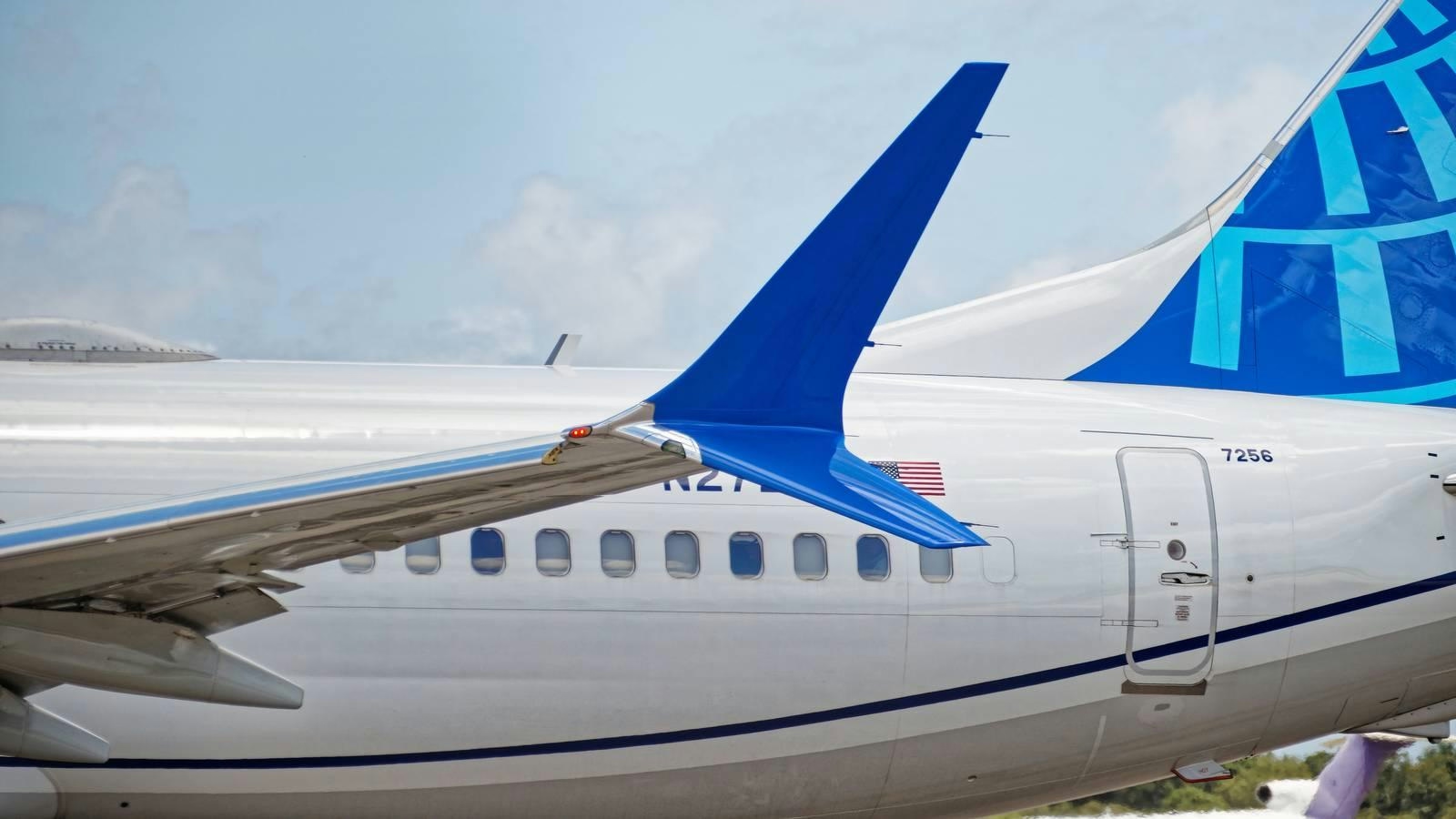
AeroGenie — Uw intelligente copiloot.
Trending
Categories
Cebu Pacific Anticipates Resolution of Engine Issues by 2028

Cebu Pacific Anticipates Resolution of Engine Issues by 2028
Persistent Engine Challenges and Operational Impact
Cebu Pacific has projected that its ongoing engine reliability problems, primarily involving Pratt & Whitney PW1100G engines, will be fully resolved by 2028. The airline continues to face significant operational challenges, including supply chain disruptions and an increasing number of grounded aircraft, which have constrained its growth prospects. During the company’s third-quarter earnings call, CEO Mike Szucs disclosed that the number of grounded jets has surpassed initial estimates. While the airline had expected up to eight aircraft to be out of service due to engine issues, the actual figure has risen to between 12 and 14 this year. Szucs expressed cautious optimism, stating, “We think probably sometime in 2028 that things will be to the stage where we will be at zero [aircraft on ground].”
The unexpected rise in grounded aircraft has compelled Cebu Pacific to revise its capacity growth forecasts downward. The airline now anticipates capacity growth of between 6% and 10% in 2026, a reduction from the 10–12% growth projected for 2025. Chief Commercial Officer Xander Lao highlighted that the airline is working closely with Pratt & Whitney and expects only gradual improvements over the next two years.
Industry-Wide Repercussions and Financial Performance
The engine reliability issues affecting Cebu Pacific are not isolated, as airlines worldwide have encountered similar challenges, prompting widespread scrutiny and adjustments in fleet management strategies. To mitigate the impact of grounded aircraft, Cebu Pacific has adopted alternative leasing arrangements, including a damp lease agreement with Bulgaria Air, to sustain operational capacity. Competitors are reportedly exploring comparable measures to address their own disruptions.
Financially, the airline has experienced secondary pressures stemming from the engine groundings. For the quarter ending 30 September, Cebu Pacific reported an operating loss of ₱122 million ($2.07 million), attributing the deficit to softer travel demand, weather-related operational difficulties, and ongoing supply chain constraints. Despite these setbacks, revenue increased by 5% to ₱24.3 billion, supported by a 1% rise in passenger volumes.
Lao underscored that although capacity constraints remain a significant challenge, resilient demand within the Philippines, disciplined revenue management, and strategic pricing initiatives have helped offset some adverse effects. He also indicated that average fares are expected to increase as a consequence.
As Cebu Pacific continues to navigate these operational and financial challenges, the airline—and the broader aviation industry—will likely remain under heightened regulatory scrutiny until the engine reliability issues are fully addressed.

Qatar Airways and Emirates Place Major Wide-Body Jet Orders Amid GCC Aviation Growth

The Role of Flight Engineers in Modern Aviation

Emirates and Japan Airlines Introduce AI-Driven Safety Systems Amid Aviation’s Digital Shift

Asia-Pacific Low-Cost Carriers Strengthen Market Position

Rolls-Royce Relies on Dust Testing for Trent XWB-97 Durability Upgrades

Hawker 800XP Crashes During Post-Maintenance Stall Test in Michigan

Top 10 US-Canada to Europe Routes for Narrowbody Aircraft

Emirates Plans to Order at Least 30 Airbus A350-1000 Jets

Airline to Operate World’s Largest Mainline Fleet in 2025
